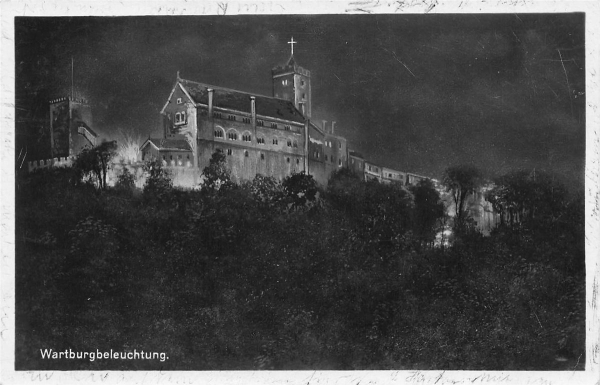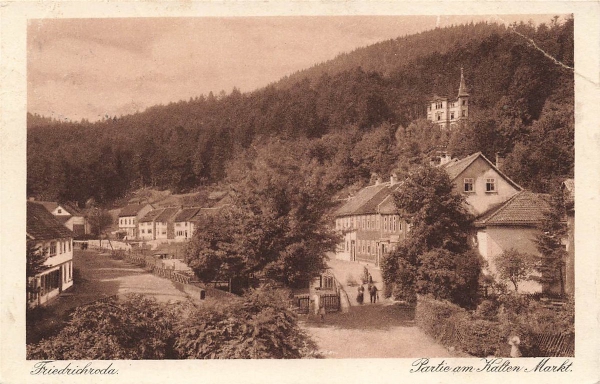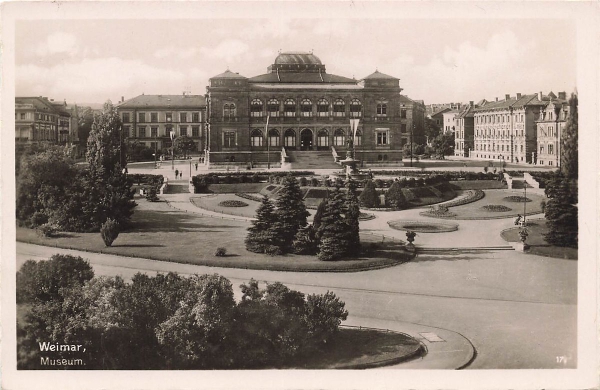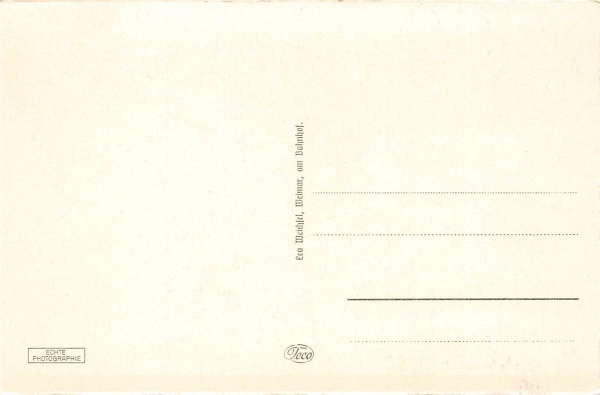Thüringen
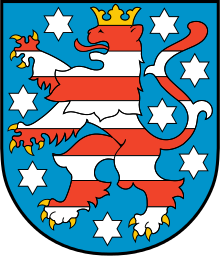 Thuringia is a state in the center of the Federal Republic of Germany. With around 2.1 million inhabitants and an area of around 16,000 square kilometers, it is one of the smaller states in Germany (twelfth largest state by population, eleventh largest by area). The state capital and largest city is Erfurt, other important centers are Jena, Gera and Weimar. Neighboring states are the Free State of Saxony in the east and south-east, Saxony-Anhalt in the north and north-east, Lower Saxony in the north-west, Hesse in the west and the Free State of Bavaria in the south. Several places in the northwest of the country claim to be the exact center of Germany. The name Thuringia has appeared as an area designation since the Thuringian Empire in the early 6th century. After that, Thuringia no longer formed a contiguous dominion, even though the Landgrave of Thuringia succeeded in controlling large parts of the region for a short time. Nevertheless, the name of the landscape was retained and was adopted in 1920 when seven free states united to form Thuringia. Formerly Prussian areas such as Erfurt and northern Thuringia were added on July 9, 1945. After the dissolution of the states in the GDR in 1952, it was only re-established on October 3, 1990[6] from the three districts of Erfurt, Gera and Suhl as well as some neighboring areas and is now divided into 17 districts and five urban districts. Since 1993, Thuringia, like Bavaria and Saxony, has officially had the suffix Freistaat, which is based on the historical parts of the state.
Thuringia is a state in the center of the Federal Republic of Germany. With around 2.1 million inhabitants and an area of around 16,000 square kilometers, it is one of the smaller states in Germany (twelfth largest state by population, eleventh largest by area). The state capital and largest city is Erfurt, other important centers are Jena, Gera and Weimar. Neighboring states are the Free State of Saxony in the east and south-east, Saxony-Anhalt in the north and north-east, Lower Saxony in the north-west, Hesse in the west and the Free State of Bavaria in the south. Several places in the northwest of the country claim to be the exact center of Germany. The name Thuringia has appeared as an area designation since the Thuringian Empire in the early 6th century. After that, Thuringia no longer formed a contiguous dominion, even though the Landgrave of Thuringia succeeded in controlling large parts of the region for a short time. Nevertheless, the name of the landscape was retained and was adopted in 1920 when seven free states united to form Thuringia. Formerly Prussian areas such as Erfurt and northern Thuringia were added on July 9, 1945. After the dissolution of the states in the GDR in 1952, it was only re-established on October 3, 1990[6] from the three districts of Erfurt, Gera and Suhl as well as some neighboring areas and is now divided into 17 districts and five urban districts. Since 1993, Thuringia, like Bavaria and Saxony, has officially had the suffix Freistaat, which is based on the historical parts of the state.
1 to 3 (from a total of 3)
.png)
